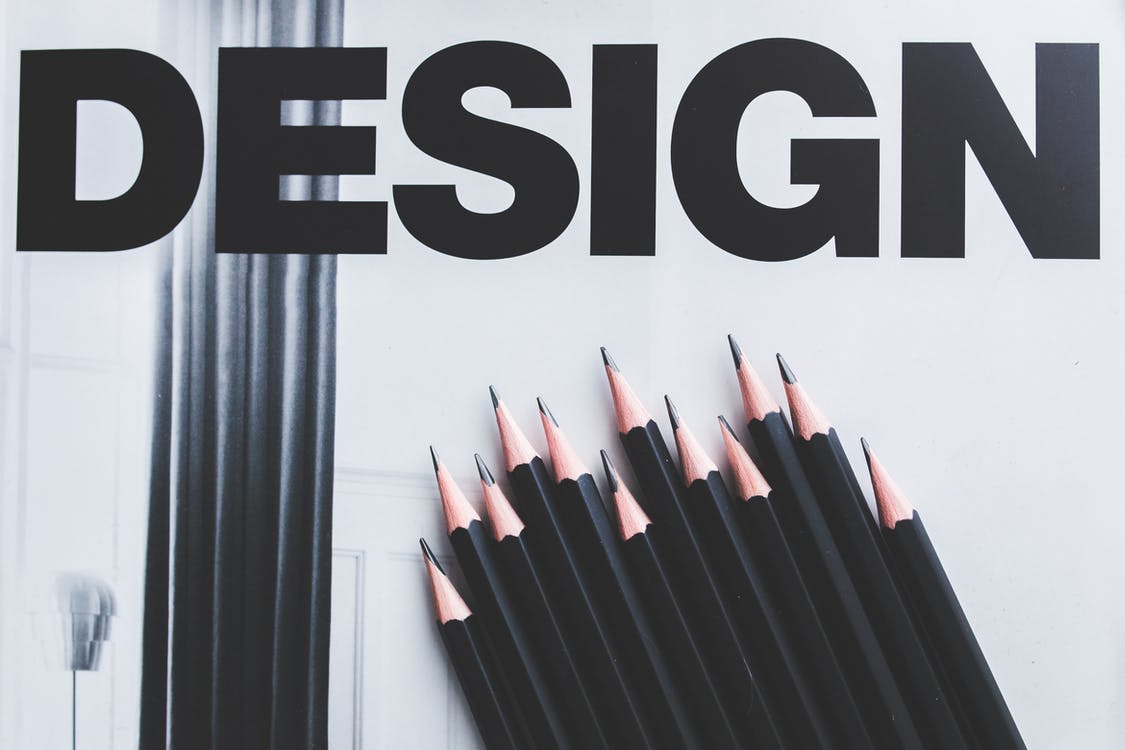
Today, technology is changing every facet of life. The corporate sector is streamlining workflows with automated tools while consumers are taking advantage of online shopping. Precisely, technology fosters connectivity, makes lives more manageable, and transforms global culture in different ways. From agriculture, manufacturing to design – technology plays a crucial part in every industry. Social media is changing how people consume fashion as customers want instant access to the latest trends.
At the same time, the younger generation is all-in for the idea of unique designs and products. They seek out brands that can tailor products to their needs and preferences. As mass-made clothing is gradually losing its appeal, it is time to think beyond that and bring innovations. Although being a designer is far from easy, the design industry is quite fun and exciting.
As a designer, you can explore various tech and design avenues to publish your work and connect with audiences. Forums like Tumblr and Instagram provide a brilliant space for designers and artists to showcase their work. You can even build digital portfolios so that potential clients can take a look. Technology is opening doors to novel fabric, new ways of learning, and various design tools.
In case you are foreign to the world of tech and design, have a look below. Here we are unfolding the role of technology in the global design industry.
Offers New Ways to Learn
Usually, one thing everyone takes for granted is the opportunity to learn from others. Luckily, the internet provides a pathway for designers to share their experiences and knowledge. Hence, if you are an aspiring designer trying to make your name in the global design industry, the digital world could be your inspiration. You can tap into international markets or follow up with Paris Style Couture to emerge as a competent and successful designer.
Similarly, if you want to start from the basics, complete a digital media degree to refine your aesthetic sensibilities. All these programs are online which means, learning new skills and knowledge is now at your fingertips. Besides, you can also attend global conferences and exhibitions by participating in online webinars.
Gives Access to Virtual & Augmented Reality
Virtual reality is combining the physical and online world of retail. It is likely to be the most exciting application in the design industry, enabling users to try outfits virtually. Customers can see how the clothes look on themselves before buying. In a way, they can play styling games while interacting with the brand. In addition to boosting engagement, the overall shopping experience retains customers.
Furthermore, designers can combine this virtual shopping spree with the social media share factor to make it more appealing. People can share styling pictures with friends to get suggestions instantly. Simultaneously, designers would understand consumer patterns and their evolving tastes and preferences.
Brings New Design Tools
Believe it or not, being creative is not easy. After all, designers can’t have a brain blooming with creative ideas 24/7. The new design tools are making the designers’ work effortless. From image manipulation, 3D printing, to video composing – everything is a click away. Similarly, if choosing the right colors seems an uphill battle, technology offers a solution for it too. The savvy tools give access to a limitless choice of colors and shades, which you can mix and match to create pleasing designs.
Moreover, various tools can foster communication with clients, letting you expand operations overseas. You can also leverage design proofing tools to streamline the review process of designs and get quick approvals from the client.
Fosters Sensory Design
In the coming years, the design industry is likely to invade senses. Soon, the websites would respond to our feelings, and ads will change based on who is in front of them. Want a new outfit? Without typing a word, your screen will show multiple apparel brands. Therefore, the designers can introduce multi-sensory virtual reality. The mood-driven websites and advertisements will give designers a better idea of consumers’ preferences.
Besides, the advancements in neurotic networks will allow designers to mimic the brain in product design. People might think marketers are stealing their thoughts. However, from the designer’s perspective, you can create personalized color palettes and designs.
Introduces Novel Fabric
According to the research studies, eco-leather is not a sustainable option anymore. As a result, many companies are creating lab-grown leather – novel fabrics without harming animals. The tech giant – Google is playing an integral role in this new era of fabric generation. Currently, it is working on touch-responsive textiles made from conductive threads.
On the other hand, MIT researchers are creating photochromic inks to change this fabric’s color automatically. It would change color according to moods, setting, temperature, and wavelengths of UV light. Even though these initiatives are still in their infancy, they have the potential to change the entire global design industry.
Final Thoughts
The design industry is one of the top growing sectors in today’s modern era. It is becoming essential for designers to keep pace with the newest wrinkles in the market and bring in-demand products. Tech innovations are making everything straightforward. You can learn about digital media, leverage design tools, and take advantage of virtual reality. Above all, keep up with the design industry’s future trends to stay a step ahead in the market.

 Is Using a Social Login Safe? What You Need to Know
Is Using a Social Login Safe? What You Need to Know